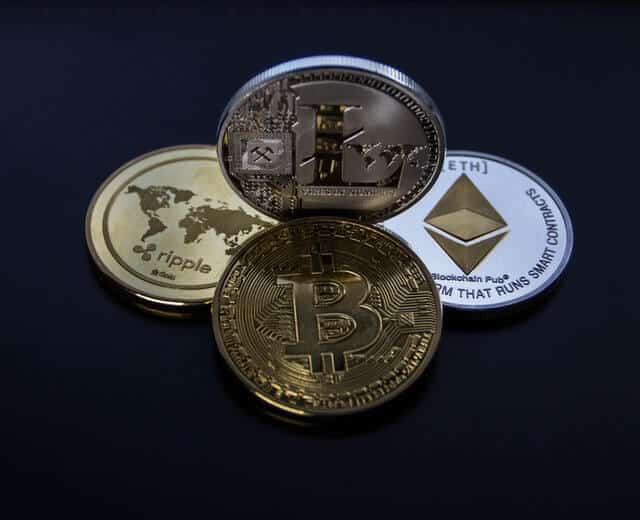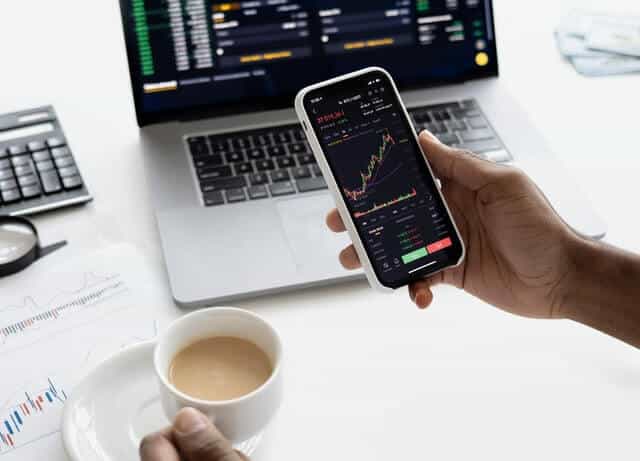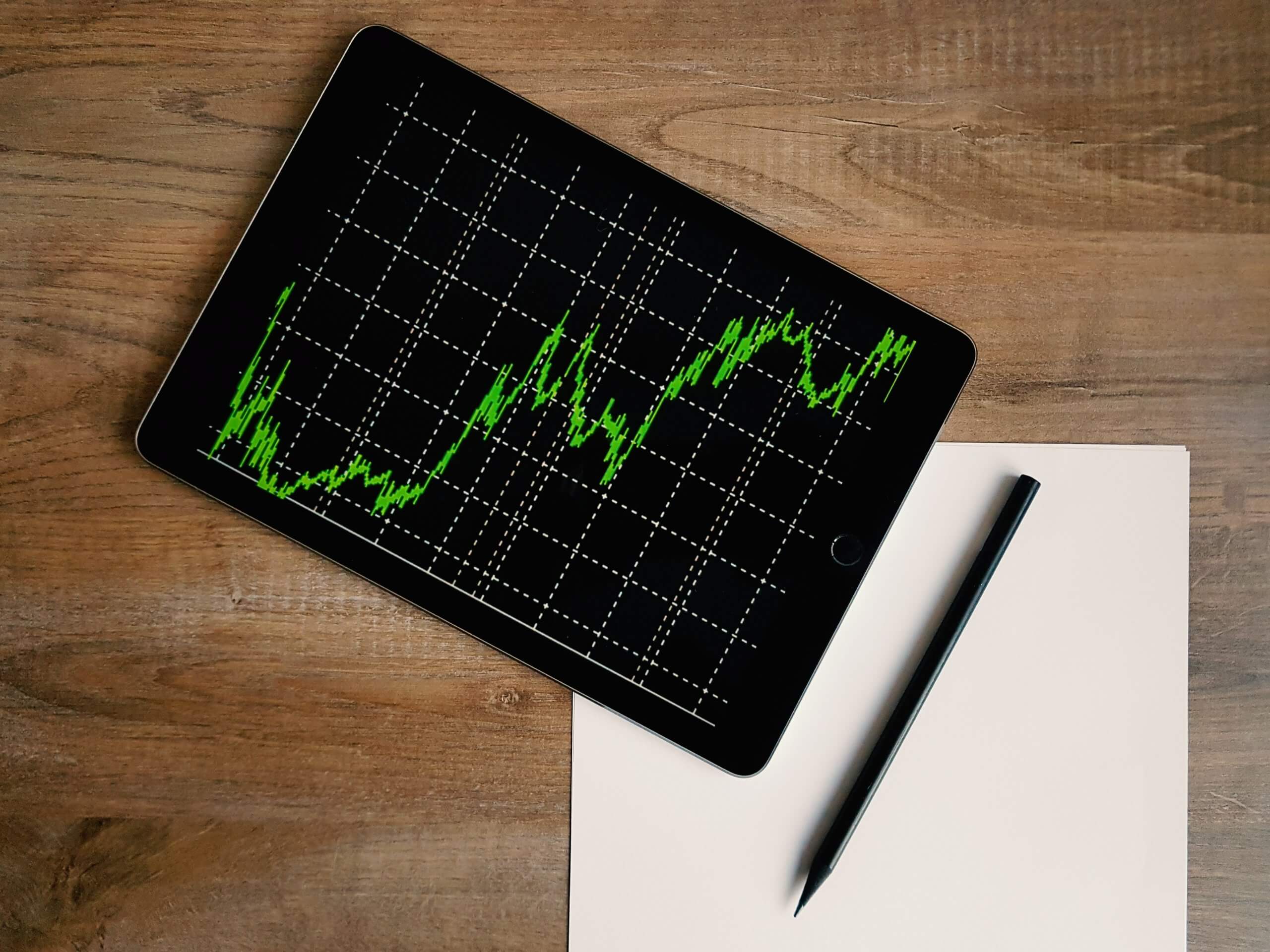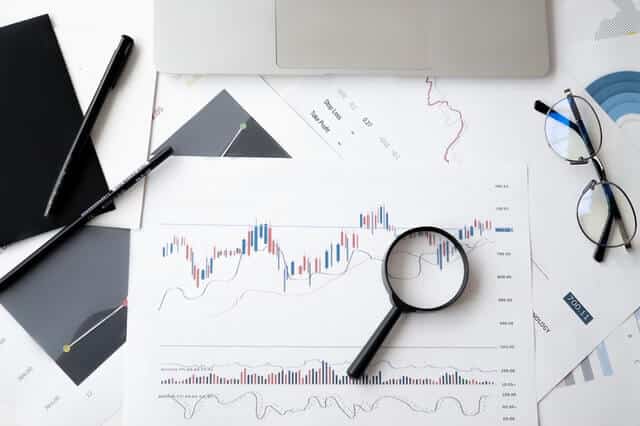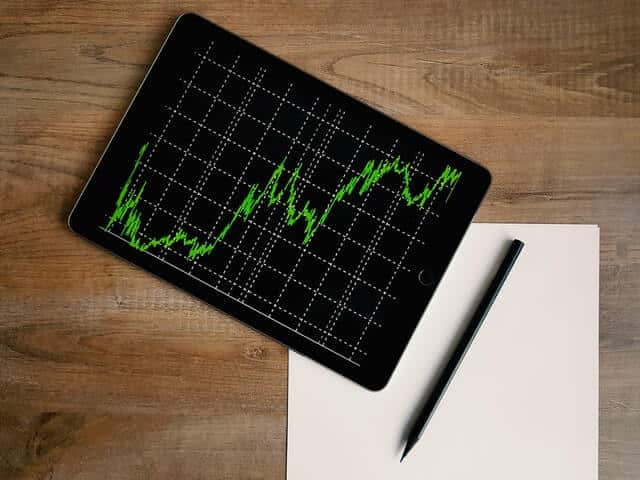Bitcoin margin trading and cryptocurrency derivatives are two instruments that are available on different exchange platforms. This trading modality allows you to use leverage of up to 100x and perpetual futures contracts in cryptocurrencies, along with all the trading tools that the platform makes available to you.
You can check Altsignals and the services the company has to offer if you want to improve your trading skills and trade in automatic mode.
Through different types of margin (Isolated or Cross), users will be able to operate with a trading power greater than their real balance, thus obtaining higher profit percentages per trade. Bitcoin margin trading is great for amplifying your profits but it should also be used carefully, as it can also amplify losses on each trade.
Disclaimer: the information shared in this post shouldn’t be considered investment advice. We are not financial advisor. Never invest more than what you are able to lose. Trading with leverage is extremely risky and only for experts. Always request information to your professional financial advisor.
What is Bitcoin Margin Trading?
Bitcoin margin trading is the most popular trading method among exchange markets, in this case, cryptocurrencies. Within these platforms, you place a part of the transaction amount (a margin) and the exchange (such as BitMEX, Binance, Bitfinex, etc.) lends you a certain amount to be able to open orders. This in turn translates to higher profits (or losses) with larger positions, but with less money. That’s basically what margin trading is all about.
The margin or leverage is usually denoted by the nomenclature “Nx”, where N is a number. Thus, “10x” means that for each unit that you place, the broker will lend you 10 times that. This usually varies and in the exchange platform, it is possible to modify the level of leverage with which you want to operate, although not all offer the same levels of leverage between cryptocurrencies.
Bitcoin Margin Trading Risks
Margin is a type of trading that carries a series of extra risks to traditional trading. The first of these, and the most dangerous, is that, just as you can generate higher profits by trading larger orders, you can generate large losses on an unexpected market reversal. This is because the money that you have put as collateral is basically what is risked, since, when there is a market reversal, and the collateral is unable to sustain the loan, the position is closed by liquidating all your funds and repaying the loan.
In general, margin trading has indicators that notify you how much of your balance you can lose before a position is liquidated.
A position is liquidated when you lose a part of your margin, so you can no longer support the full size of the trade. Since the exchange cannot afford to lose the money it is lending you, your trade is completely closed before that happens. Your involved margin is lost and the exchange recovers its credit.
The risk within the margin may also increase due to the levels of leverage. The exchange platforms have a guarantee to a certain point below the Margin level, where you will receive a Margin Call, a notification indicating that you must place more funds in guarantee to avoid a forced closure.
Is Bitcoin margin trading for everyone?
The Bitcoin margin trading stands out for its ease of use and versatility, since it allows you to adapt the mode in which you want to work. Being able to obtain higher profits with less balance encourages traders to look for a decent setup to position trades, which includes a safe level of leverage and rational levels of stop loss and take profit. This translates into being able to partially control the risks that margin trading has and whoever is not prepared to mitigate the risk will end up losing their money, especially when you think about how volatile Bitcoin and altcoins really are.






